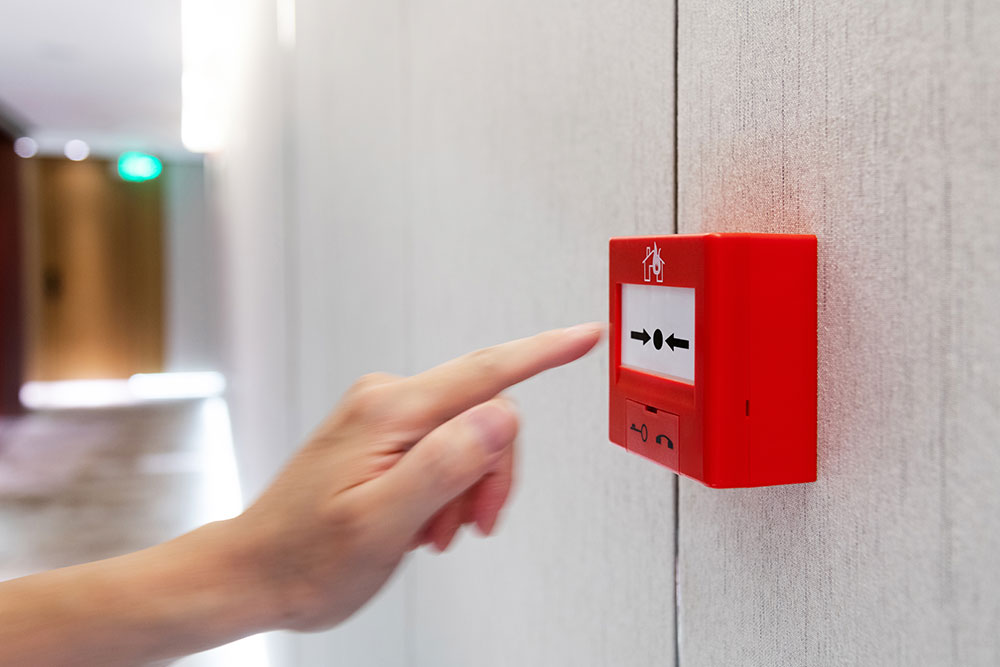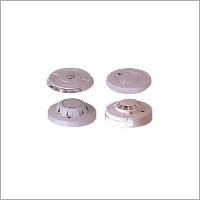
Fire Alarm System
Product Details:
- Color RED
- Product Type Safety Alarm system
- Usage Alarm System
- Weight 500 GSM (gm/2)
- Features Automatic Alarm System
- Shape Square
- Installation Type Wire Connect
- Click to view more
Fire Alarm System Price And Quantity
- 10 Piece
- 850.0 INR/Piece
Fire Alarm System Product Specifications
- Safety Alarm system
- RED
- Square
- Fire Alarm
- Wire Connect
- Automatic Alarm System
- 500 GSM (gm/2)
- Alarm System
Fire Alarm System Trade Information
- Vadodara
- Cash Advance (CA), Cash in Advance (CID)
- 100 Piece Per Day
- 7 Days
- Yes
- Sample costs shipping and taxes has to be paid by the buyer
- Standard Box Packing
- Asia
- All India
- ISO And Fire safety Certified
Product Description
To detect fires early and provide audible and visual warnings to ensure safe evacuation and notify emergency services.Fire Alarm Control Panel (FACP)
-
The brain of the system.
-
Monitors input from sensors and triggers alarms.
-
Displays system status (normal, alarm, trouble).
Initiating Devices (Detection)
These detect fire-related conditions and send signals to the control panel:
-
Smoke Detectors Ionization or photoelectric types.
-
Heat Detectors Fixed temperature or rate-of-rise.
-
Manual Pull Stations Activated by occupants.
-
Flame Detectors Detect infrared or ultraviolet radiation from flames.
Notification Appliances (Alert)
These alert building occupants:
-
Horns/Sirens
-
Strobes
-
Voice Evacuation Systems Provide instructions
Power Supply
-
Primary Power Usually from the buildings electrical system.
-
Backup Power Batteries or generators for at least 24 hours of standby and 5-15 minutes in alarm condition.
TYPES OF FIRE ALARM SYSTEMS
1. Conventional Systems
-
Divide the building into zones.
-
Basic, cost-effective for small buildings.
2. Addressable Systems
-
Each device has a unique address.
-
Pinpoints exact location of alarm.
-
Used in large or complex buildings.
3. Wireless Systems
-
Uses radio signals.
-
Useful in historical or temporary buildings.
4. Hybrid Systems
-
Combines wired and wireless technologies.

Price:
- 50
- 100
- 200
- 250
- 500
- 1000+

 Get A Quote
Get A Quote 




 Call Me Free
Call Me Free
